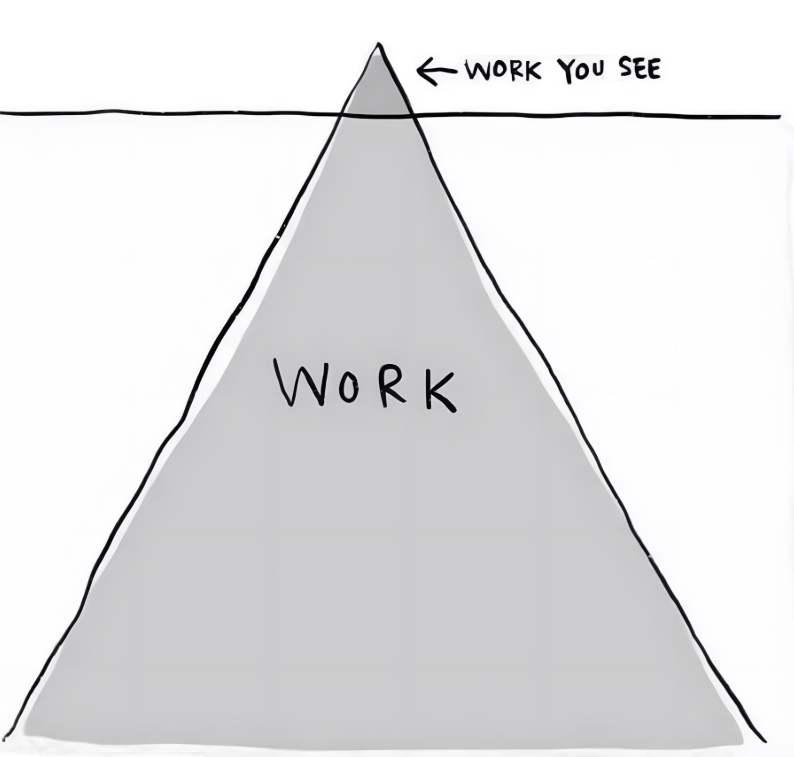Blog
Forward Deployed Engineer
 Camilo Nova
Camilo Nova
Camilo Nova
CEOI remember the first time I heard the term "forward deployed engineer." It was during a conversation with a founder who was frustrated. His company had a critical client project, but his engineering team was too far removed from the actual problem. They were building features based on second-hand requirements, filtered through layers of communication. By the time feedback reached them, weeks had passed.
"What if," he asked, "we could just send someone to sit with the client?"
That's exactly what a forward deployed engineer does.
What Is a Forward Deployed Engineer?
Think of it like this: most engineers work from headquarters. They receive requirements, build solutions, and ship code. It's efficient, scalable, and works well for standard products.
But some problems can't be solved from a distance.
A forward deployed engineer works directly at the client's location or within their business context. They're embedded in the environment where the problem exists. They see the workflows, talk to the users, understand the constraints, and build solutions in real-time.
It's the difference between reading about a city and living in it.
Companies like Palantir made this model famous. They realized that complex problems—especially in government, finance, or enterprise—require engineers who understand the nuances. Someone who can see that the real issue isn't the feature request, but the process that created the need for it.
Why It Works
When engineers are deployed forward, something shifts.
First, communication becomes instant. No more playing telephone through product managers and stakeholders. The engineer talks directly to the people using the software. They see frustration on faces, not in tickets without context.
Second, context is everything. You can't build the right solution if you don't understand the problem deeply. Forward deployed engineers breathe the same air as the users. They know what matters and what doesn't.
Third, iteration happens faster. Build, test, adjust—all in the same day, sometimes the same hour. No waiting for the next sprint planning meeting.
The Problem with Hiring One
Here's where it gets tricky.

Hiring a forward deployed engineer is expensive. You need someone technical enough to build, but also someone who can communicate, understand business problems, and work independently in unfamiliar environments. That's a rare combination.
Then there's the onboarding period. Even if you find the right person, they need weeks or months to learn your systems, your codebase, and your business. During that time, they're not solving problems—they're learning to navigate yours.
And what happens after the project ends? You have a specialized hire with nothing to do, or you try to reintegrate them into your regular team where their skills don't quite fit.
There's Another Way
What if you didn't have to hire someone?
At Axiacore, we've built a team that operates as forward deployed engineers for our clients. We jump into your context, understand your problem, and start building—immediately. No learning curve, no onboarding delay, no wondering if this person will work out.
No management on your side, in contrast, hiring new people requires more time from you. They need a boss.
We've done this enough times that we know how to move fast in unfamiliar territory. We know how to ask the right questions, spot the real problems, and build solutions that stick.
You get the benefits of a forward deployed engineer without the risk of a permanent hire. When the project is done, we step back. When you need us again, we're here.
The Truth About Speed
Businesses don't fail because they lack ideas. They fail because they're too slow to execute.
Having a forward deployed engineering team means you can move when opportunities appear. You don't wait for the perfect hire or the right moment in the roadmap. You act.
That speed is the difference between capturing a market opportunity and watching someone else do it first.
The question isn't whether you need this capability. The question is whether you want to build it from scratch or leverage a team that already knows how to do it.
We've been doing this for years. Check out our clients and let us know how we can help.
Written by Camilo Nova
 Camilo Nova
Camilo Nova
Axiacore CEO. Camilo writes thoughts about the intersection between business, technology, and philosophy
Scale your company with the same people
Practical ideas to do more and get back your time every week
We respect your inbox. Privacy policy
